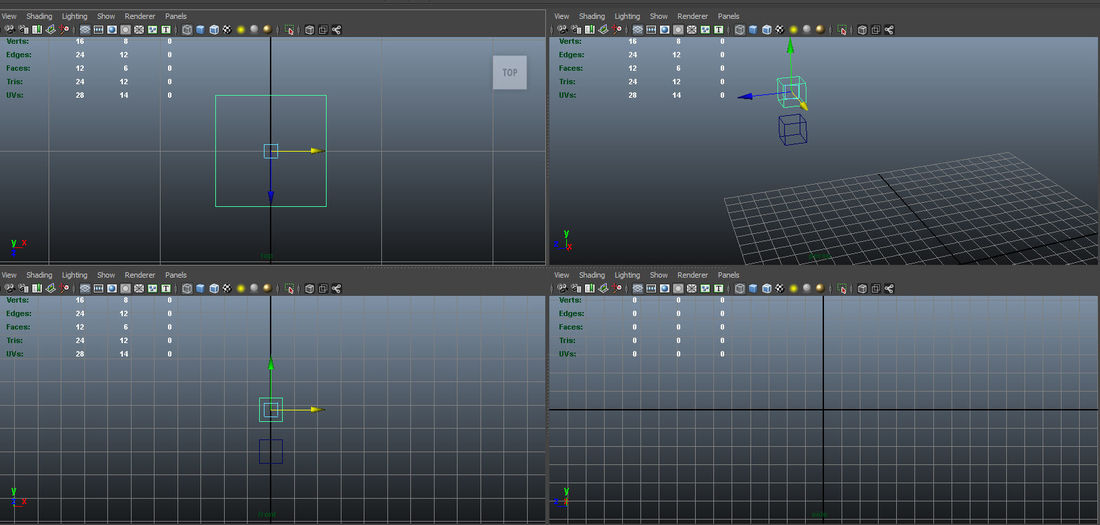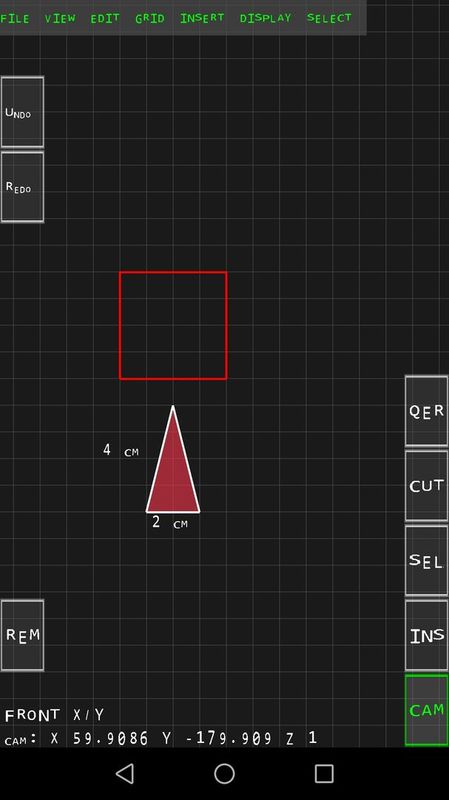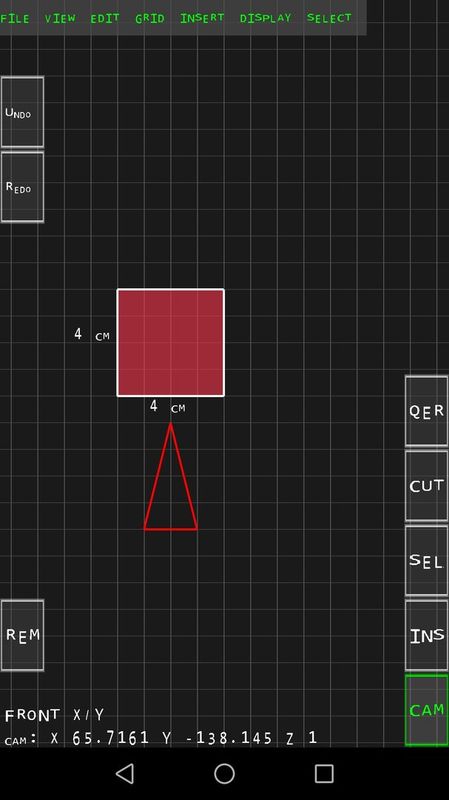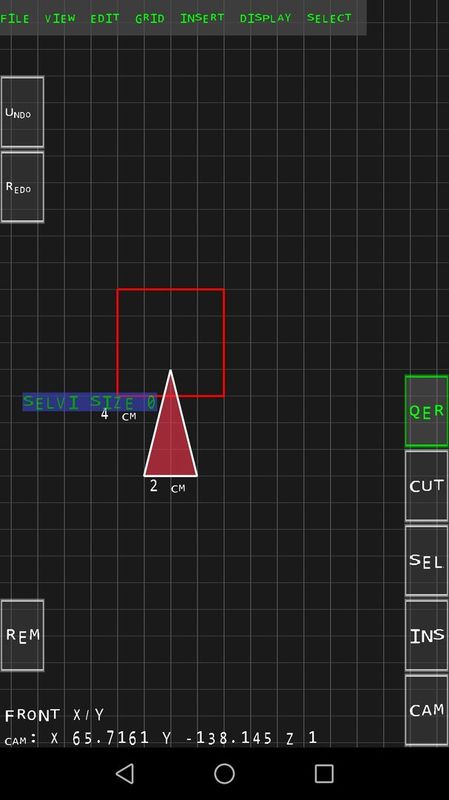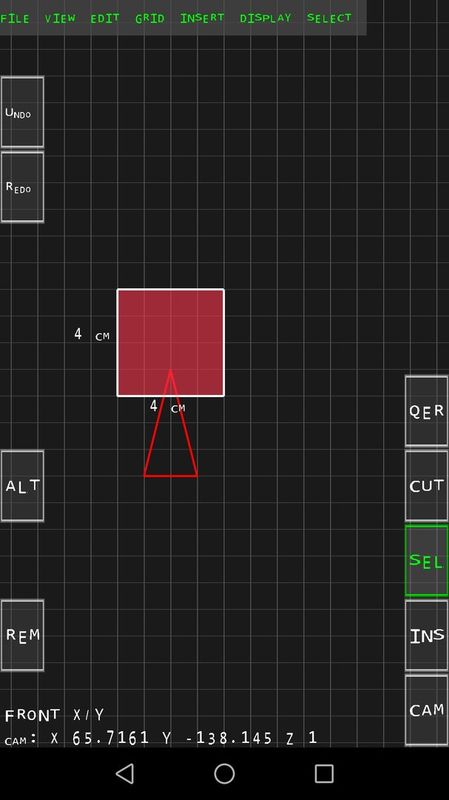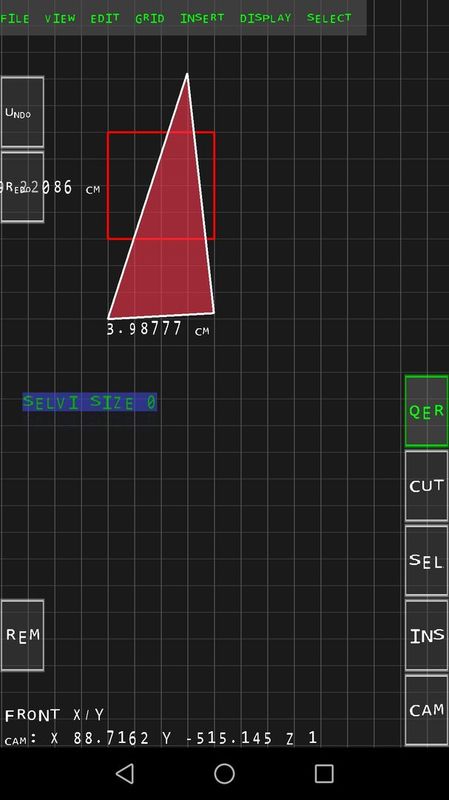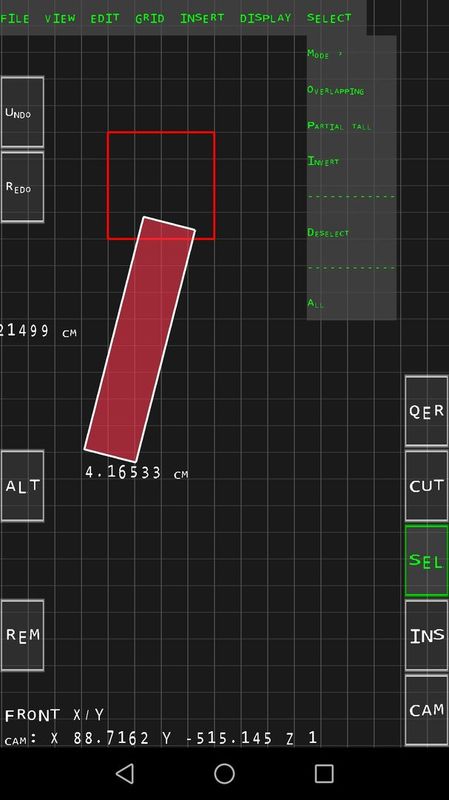Collision detection is based on the book, RTCD. It detects a collision when there's not. Any thoughts???
bool OBB_OBB_Intersection(OBB* A, OBB* B, float& s)
{
float ra, rb;
XMMATRIX R, AbsR;
// Compute rotation matrix expressing b in a’s coordinate frame
for (int i = 0; i < 3; i++)
for (int j = 0; j < 3; j++)
R.r[i].m128_f32[j] = XMVector3Dot(A->GetOrientation().r[i], B->GetOrientation().r[i]).m128_f32[0];
// Compute translation vector t
XMVECTOR t = (XMLoadFloat3(&B->GetCenter()) - XMLoadFloat3(&A->GetCenter()));
// Bring translation into a’s coordinate frame
t = XMVectorSet(XMVector3Dot(t, A->GetOrientation().r[0]).m128_f32[0], XMVector3Dot(t, A->GetOrientation().r[1]).m128_f32[0], XMVector3Dot(t, A->GetOrientation().r[2]).m128_f32[0], 1.0f);
// Compute common subexpressions. Add in an epsilon term to
// counteract arithmetic errors when two edges are parallel and
// their cross product is (near) null
const float EPSILON = 1.0e-6f;
for (int i = 0; i < 3; i++)
for (int j = 0; j < 3; j++)
AbsR.r[i].m128_f32[j] = abs(R.r[i].m128_f32[j]) + EPSILON;
// Test axes L = A0, L = A1, L = A2
for (int i = 0; i < 3; i++)
{
ra = XMLoadFloat3(&A->GetExtents()).m128_f32[i];
rb = B->GetExtents().x * AbsR.r[i].m128_f32[0] + B->GetExtents().y * AbsR.r[i].m128_f32[1] + B->GetExtents().z * AbsR.r[i].m128_f32[2];
if (abs(t.m128_f32[i]) > ra + rb) return false;
s = abs(t.m128_f32[i]) - (ra + rb);
}
// Test axes L = B0, L = B1, L = B2
for (int i = 0; i < 3; i++)
{
ra = A->GetExtents().x * AbsR.r[0].m128_f32[i] + A->GetExtents().y * AbsR.r[1].m128_f32[i] + A->GetExtents().z * AbsR.r[2].m128_f32[i];
rb = XMLoadFloat3(&B->GetExtents()).m128_f32[i];
if (abs(t.m128_f32[0] * R.r[0].m128_f32[i] + t.m128_f32[1] * R.r[1].m128_f32[i] + t.m128_f32[2] * R.r[2].m128_f32[i]) > ra + rb) return false;
s = abs(t.m128_f32[0] * R.r[0].m128_f32[i] + t.m128_f32[1] * R.r[1].m128_f32[i] + t.m128_f32[2] * R.r[2].m128_f32[i]) - (ra + rb);
}
// Test axis L = A0 x B0
ra = A->GetExtents().y * AbsR.r[2].m128_f32[0] + A->GetExtents().z * AbsR.r[1].m128_f32[0];
rb = B->GetExtents().y * AbsR.r[0].m128_f32[2] + B->GetExtents().z * AbsR.r[0].m128_f32[1];
if (abs(t.m128_f32[2] * R.r[1].m128_f32[0] - t.m128_f32[1] * R.r[2].m128_f32[0]) > ra + rb) return false;
s = abs(t.m128_f32[2] * R.r[1].m128_f32[0] - t.m128_f32[1] * R.r[2].m128_f32[0]) - (ra + rb);
// Test axis L = A0 x B1
ra = A->GetExtents().y * AbsR.r[2].m128_f32[1] + A->GetExtents().z * AbsR.r[1].m128_f32[1];
rb = B->GetExtents().x * AbsR.r[0].m128_f32[2] + B->GetExtents().z * AbsR.r[0].m128_f32[0];
if (abs(t.m128_f32[2] * R.r[1].m128_f32[1] - t.m128_f32[1] * R.r[2].m128_f32[1]) > ra + rb) return false;
s = abs(t.m128_f32[2] * R.r[1].m128_f32[1] - t.m128_f32[1] * R.r[2].m128_f32[1]) - (ra + rb);
// Test axis L = A0 x B2
ra = A->GetExtents().y * AbsR.r[2].m128_f32[2] + A->GetExtents().z * AbsR.r[1].m128_f32[2];
rb = B->GetExtents().x * AbsR.r[0].m128_f32[1] + B->GetExtents().y * AbsR.r[0].m128_f32[0];
if (abs(t.m128_f32[2] * R.r[1].m128_f32[2] - t.m128_f32[1] * R.r[2].m128_f32[2]) > ra + rb) return false;
s = abs(t.m128_f32[2] * R.r[1].m128_f32[2] - t.m128_f32[1] * R.r[2].m128_f32[2]) - (ra + rb);
// Test axis L = A1 x B0
ra = A->GetExtents().x * AbsR.r[2].m128_f32[0] + A->GetExtents().z * AbsR.r[0].m128_f32[0];
rb = B->GetExtents().y * AbsR.r[1].m128_f32[2] + B->GetExtents().z * AbsR.r[1].m128_f32[1];
if (abs(t.m128_f32[0] * R.r[2].m128_f32[0] - t.m128_f32[2] * R.r[0].m128_f32[0]) > ra + rb) return false;
s = abs(t.m128_f32[0] * R.r[2].m128_f32[0] - t.m128_f32[2] * R.r[0].m128_f32[0]) - (ra + rb);
// Test axis L = A1 x B1
ra = A->GetExtents().x * AbsR.r[2].m128_f32[1] + A->GetExtents().z * AbsR.r[0].m128_f32[1];
rb = B->GetExtents().x * AbsR.r[1].m128_f32[2] + B->GetExtents().z * AbsR.r[1].m128_f32[0];
if (abs(t.m128_f32[0] * R.r[2].m128_f32[1] - t.m128_f32[2] * R.r[0].m128_f32[1]) > ra + rb) return false;
s = abs(t.m128_f32[0] * R.r[2].m128_f32[1] - t.m128_f32[2] * R.r[0].m128_f32[1]) - (ra + rb);
// Test axis L = A1 x B2
ra = A->GetExtents().x * AbsR.r[2].m128_f32[2] + A->GetExtents().z * AbsR.r[0].m128_f32[2];
rb = B->GetExtents().x * AbsR.r[1].m128_f32[1] + B->GetExtents().y * AbsR.r[1].m128_f32[0];
if (abs(t.m128_f32[0] * R.r[2].m128_f32[2] - t.m128_f32[2] * R.r[0].m128_f32[2]) > ra + rb) return false;
s = abs(t.m128_f32[0] * R.r[2].m128_f32[2] - t.m128_f32[2] * R.r[0].m128_f32[2]) - (ra + rb);
// Test axis L = A2 x B0
ra = A->GetExtents().x * AbsR.r[1].m128_f32[0] + A->GetExtents().y * AbsR.r[0].m128_f32[0];
rb = B->GetExtents().y * AbsR.r[2].m128_f32[2] + B->GetExtents().z * AbsR.r[2].m128_f32[1];
if (abs(t.m128_f32[1] * R.r[0].m128_f32[0] - t.m128_f32[0] * R.r[1].m128_f32[0]) > ra + rb) return false;
s = abs(t.m128_f32[1] * R.r[0].m128_f32[0] - t.m128_f32[0] * R.r[1].m128_f32[0]) - (ra + rb);
// Test axis L = A2 x B1
ra = A->GetExtents().x * AbsR.r[1].m128_f32[1] + A->GetExtents().y * AbsR.r[0].m128_f32[1];
rb = B->GetExtents().x * AbsR.r[2].m128_f32[2] + B->GetExtents().z * AbsR.r[2].m128_f32[0];
if (abs(t.m128_f32[1] * R.r[0].m128_f32[1] - t.m128_f32[0] * R.r[1].m128_f32[1]) > ra + rb) return false;
s = abs(t.m128_f32[1] * R.r[0].m128_f32[1] - t.m128_f32[0] * R.r[1].m128_f32[1]) - (ra + rb);
// Test axis L = A2 x B2
ra = A->GetExtents().x * AbsR.r[1].m128_f32[2] + A->GetExtents().y * AbsR.r[0].m128_f32[2];
rb = B->GetExtents().x * AbsR.r[2].m128_f32[1] + B->GetExtents().y * AbsR.r[2].m128_f32[0];
if (abs(t.m128_f32[1] * R.r[0].m128_f32[2] - t.m128_f32[0] * R.r[1].m128_f32[2]) > ra + rb) return false;
s = abs(t.m128_f32[1] * R.r[0].m128_f32[2] - t.m128_f32[0] * R.r[1].m128_f32[2]) - (ra + rb);
// Since no separating axis is found, the OBBs must be intersecting
return true;
}
int main()
{
float sep;
OBB objA(XMFLOAT3(0,10,10),XMFLOAT3(.5f,.5f,.5f), XMMatrixRotationY(0)), objB(XMFLOAT3(0,11.8f,10.0f),XMFLOAT3(.5f,.5f,.5f), XMMatrixRotationY(0));
if (OBB_OBB_Intersection(&objA, &objB, sep))
cout << "intersecting is found; a separation" << sep << endl;
system("pause");
return 0;
}

